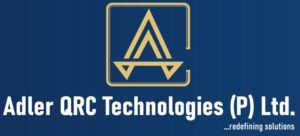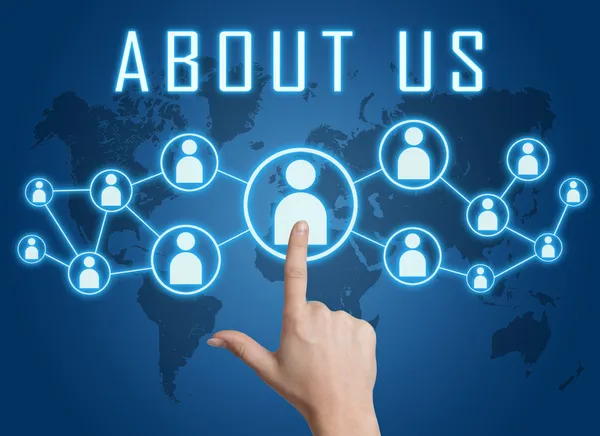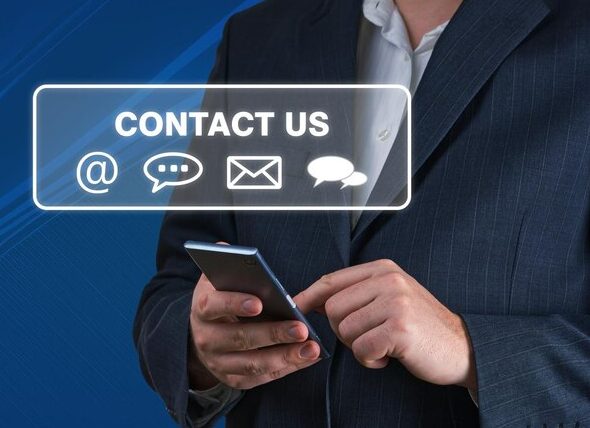
PARKING MANAGEMENT SYSTEM

With the rapid development of the global economy and the consistently improving living standard, there has been a growing number of vehicles. for efficient vehicle management, there has been an increasing number of parking lots and vehicle management areas beginning to use License Plate Recognition (LPR) products and Ultra-high Frequency (UHF) products. The automatic license plate identification enables fast vehicle access to parking, which provides convenient user experience.
Automatic Vehicle Recognition (With UHF Reader and UHF Tag)
Its operation starts when a user with the passive tag drive through the UHF reader located at the entrance of the parking lot. The UHF reader will recognize the tag. The carpark barrier will lift up for access upon valid recognition. If not, access will be denied.
Automatic Number Plates Verification (With LPR Camera)
LPR technology is an application of computer video image recognition technology in license plate identification area. Its operation starts when the vehicle is located at the entrance of the parking lot, the LPR Camera will scan on the license plate character, and its recognition technology will identify the license plate number, color and other information. If the number on the license plate is valid, the car park barrier will lift for access, otherwise, no access will be allowed
ACCESS CONTROL SYSTEM
TripodTurnstile,FaceDetectionBiometricAccess controldevice and Software. The system was designed to enhance security by providing access managing capabilities for key areas in the premises.

Tripod turnstiles and face detection biometric devices offer significant advantages in modern access control solutions. While tripod turnstiles provide a physical barrier to unauthorized entry and streamline access in high-traffic areas, face detection devices enhance security by offering a seamless, contactless, and highly accurate method of identifying individuals.
Together, these technologies can greatly improve security, efficiency, and user experience across a wide range of environments, from corporate offices to secure facilities and public transportation hubs. However, organizations must carefully assess their specific needs, considering factors like security requirements, budget, and user accessibility when selecting and implementing these systems.
Retail Management System

1. Asset Management System (AMS)
An Asset Management System helps organizations track and manage physical and digital assets. Whether it’s equipment, vehicles, software, or machinery, this system ensures that assets are properly maintained, accounted for, and utilized efficiently.
Key Benefits:
Tracking and Visibility: Keep track of the location, status, and history of assets.
Maintenance Scheduling: Ensure timely maintenance and repairs to extend asset life.
Compliance and Reporting: Maintain records for audit compliance and regulatory requirements.
2. Work In-Progress (WIP) Application
A Work In-Progress (WIP) application helps monitor the status of ongoing tasks or projects within a company. This system is crucial for industries where work is executed in stages, such as manufacturing, construction, or software development.
Key Benefits:
Real-Time Monitoring: Track progress in real-time, ensuring that projects stay on schedule.
Collaboration: Facilitate communication and updates among team members.
Resource Allocation: Monitor resource usage to optimize project costs and timelines.
3. Retail Management System (RMS)
A Retail Management System (RMS) streamlines operations for retail businesses by integrating various functions like inventory management, sales tracking, customer relationship management (CRM), and point of sale (POS) systems.
Key Benefits:
Inventory Control: Ensure optimal stock levels and reduce wastage or stockouts.
Sales and Analytics: Analyze sales patterns and customer behavior to improve marketing efforts.
Customer Experience: Improve customer service with efficient checkout processes and loyalty programs.
4. Automation Scanning Solution
An Automation Scanning Solution involves the use of automated scanning technology (such as barcode scanners, RFID, or QR code readers) to track items, manage inventory, or verify product information.
Key Benefits:
Improved Accuracy: Minimize human error in data entry or inventory management.
Speed: Accelerate processes such as checkout or stocktaking.
Integration: Easily integrates with other systems like ERP or Warehouse Management Systems for seamless data flow.
5. Visitor Management System (VMS)
A Visitor Management System helps companies manage and track visitors in their facilities. It automates the check-in process, provides security, and improves guest experiences.
Key Benefits:
Security and Compliance: Ensure only authorized visitors are allowed access to secure areas.
Visitor Tracking: Maintain logs of visitors for security audits or emergency situations.
Enhanced Guest Experience: Offer a seamless check-in process, with features like badge printing or event registration.
6. Warehouse Management System (WMS)
A Warehouse Management System (WMS) is designed to optimize warehouse operations by managing the storage, movement, and tracking of goods in real-time.
Key Benefits:
Inventory Accuracy: Improve inventory control and reduce stock discrepancies.
Order Fulfillment: Optimize order picking, packing, and shipping processes for faster delivery times.
Space Optimization: Maximize storage efficiency by strategically managing warehouse space.
7. Track and Trace Solution
A Track and Trace Solution is used to monitor the movement and location of goods or products throughout the supply chain. This system is essential for industries where product provenance, transparency, and real-time visibility are crucial.
Key Benefits:
End-to-End Visibility: Track products at every stage of the supply chain, from manufacturing to delivery.
Improved Transparency: Offer customers real-time updates on order status, shipping, and expected delivery times.
Compliance and Security: Ensure regulatory compliance and reduce risks of fraud or theft.







